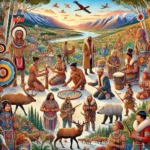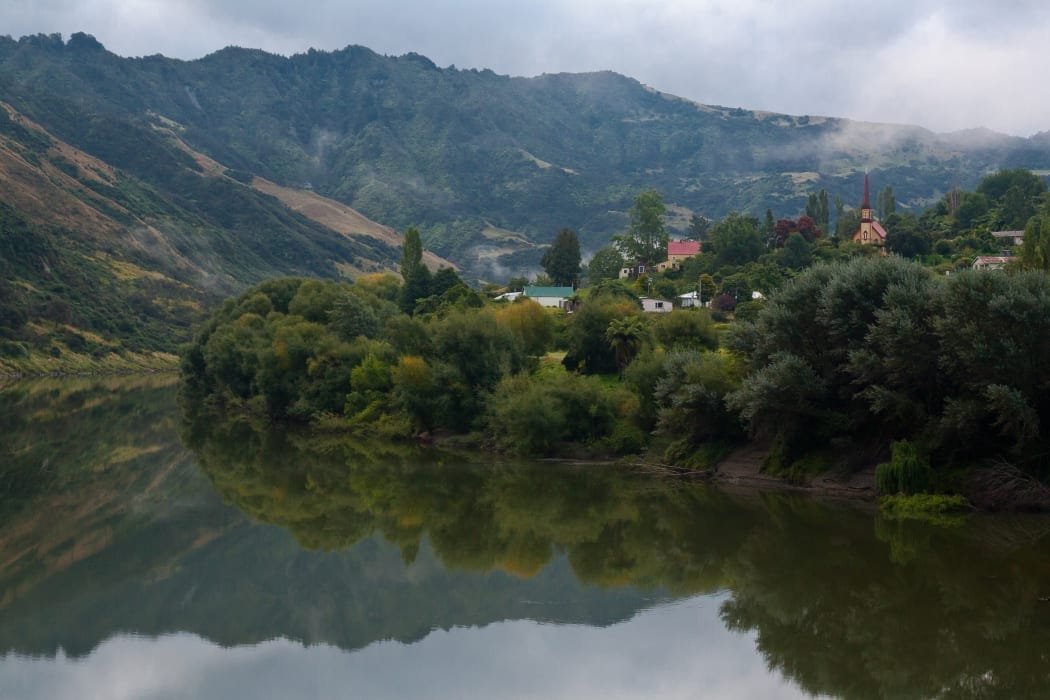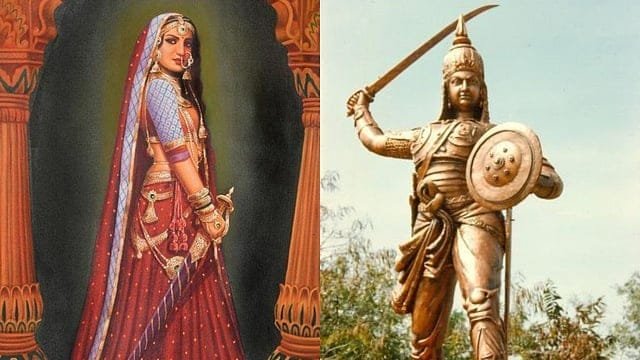The Whanganui River, known to the Māori as Te Awa Tupua, flows through the North Island of New Zealand for more than 290 kilometers, making it the country’s third-longest river. But for the Māori people, especially the Whanganui iwi (tribe), it is far more than a geographical feature. The river is an ancestor, a living being, and a source of spiritual, cultural, and physical sustenance. Their relationship to the river is summed up in the saying:
“Ko au te awa, ko te awa ko au” — I am the river, and the river is me.
This worldview, rooted in Indigenous philosophy, ultimately reshaped New Zealand law and global environmental thinking when, in 2017, the Whanganui River became the world’s first river to be granted the same legal rights as a person. The journey to this recognition, however, was long and marked by struggle.
A River Woven into Identity
For centuries, the Whanganui River served as a highway, food basket, and cultural center for the Māori. Its waters carried canoes between villages, its banks provided fertile grounds, and its fish and plants were vital to daily life. But beyond material use, the river was central to Māori cosmology. It was seen as a descendant of the great mountains and a relative to the people who lived alongside it.
Colonization disrupted this balance. When European settlers arrived in the 19th century, the river became a contested space. Infrastructure projects, steamboat trade, and government control eroded Māori authority over their ancestral waters. Sacred relationships were disregarded in favor of commercial exploitation.
Struggle for Recognition
The Whanganui iwi never stopped asserting their guardianship. Beginning in the mid-19th century, Māori leaders filed petitions, held protests, and pursued legal cases to protect their rights. By the 20th century, the conflict escalated into one of New Zealand’s longest-running legal disputes.
For generations, Māori argued that the river could not be owned or divided because it was a living entity. Yet the colonial legal system was unable—or unwilling—to accommodate this worldview. Instead, the government treated the river as property to be managed, dammed, and exploited.
Despite these barriers, the iwi persisted. Their resilience was not just about securing land or water rights but about demanding recognition of an Indigenous philosophy that sees nature as kin.
Turning Point: Te Awa Tupua Act 2017
After more than 150 years of petitions and negotiations, a breakthrough came in 2017 when the New Zealand Parliament passed the Te Awa Tupua (Whanganui River Claims Settlement) Act.
This historic law declared the Whanganui River a legal person, with all the rights, powers, duties, and liabilities of an individual. Two guardians—one appointed by the government and one by the iwi—were established to speak on behalf of the river’s interests.
For the Whanganui Māori, this was not simply a political victory. It was a recognition of their worldview in the national legal framework. The law acknowledged that the river is not just a resource but a living entity, inseparable from the identity of its people.
The Whanganui settlement also set a precedent, inspiring similar legal recognitions around the world, including rivers in India, Colombia, and Canada.
Global Lessons
The Whanganui case is more than a local story—it’s a global landmark in rethinking human relationships with nature. At a time when climate change and environmental degradation threaten ecosystems worldwide, Indigenous philosophies like “the river is me” offer an alternative to the exploitative models of resource use.
By granting rights to a river, New Zealand acknowledged that protecting nature is not merely an act of conservation but an act of justice—justice for both people and ecosystems.
The River Today
Today, the Whanganui River stands as a symbol of reconciliation. It continues to flow as it has for centuries, but with a renewed recognition of its sacredness. Māori communities still perform rituals along its banks, children learn the ancestral stories of the river, and guardianship councils work to protect its health.
However, challenges remain. Pollution, tourism pressures, and modern development continue to test the balance between respect for the river and economic interests. Yet the legal framework provides a powerful tool to push back against exploitation.
The Whanganui River’s story is one of resilience and transformation. For generations, the Māori held firm to their belief that the river was not an object to be owned but a relative to be honored. After more than a century of struggle, their vision reshaped national law and inspired the world.
In the words of the iwi, the river and the people are one. Protecting one means protecting the other. The Whanganui River reminds us that the path to environmental justice lies not only in science or policy but also in listening to Indigenous wisdom.
The river is not simply water. It is identity, history, and life itself.












